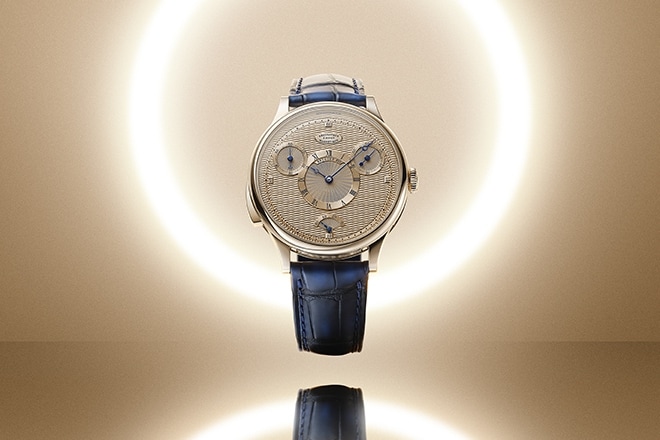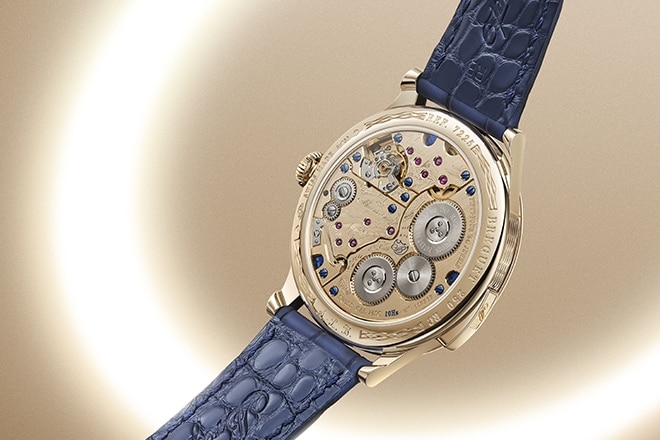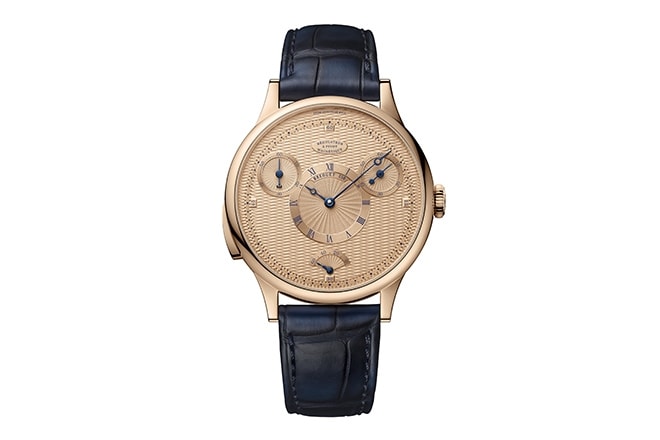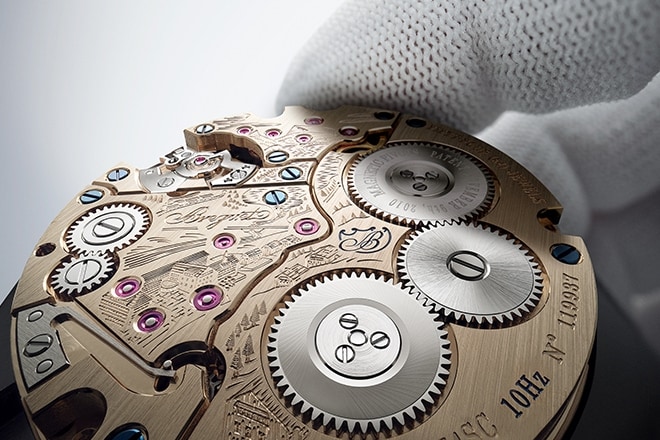Breguet Classique 7225
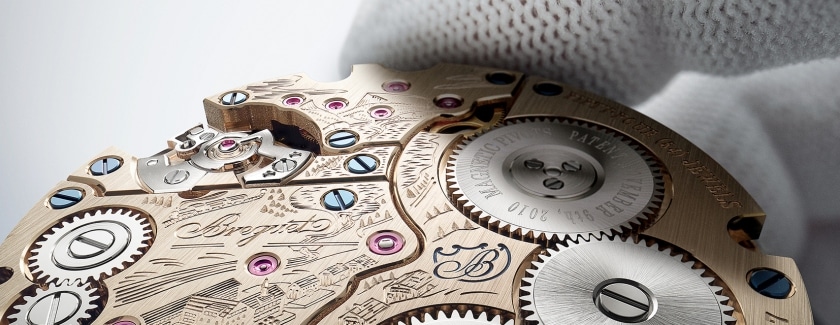
New chronometric momentum
In 1802, Abraham-Louis Breguet undertook construction of a series of five timepieces featuring several devices designed to improve precision, in particular a tourbillon associated to natural escapement. These creations represented the pinnacle of what the master watchmaker could offer his clients in terms of timekeeping.
Today, as part of its 250th anniversary celebrations, Manufacture Breguet is continuing this tradition by announcing the Classique 7225, equipped with a magnetic-pivot balance and a high-frequency escapement (10 Hz).
The ultimate quest for precision is not the result of a single approach, but rather of several combined devices, as A.-L. Breguet well understood. The great watchmaker himself conducted numerous experiments, ranging from purely mechanical parameters – rotation speeds, frequencies, types of escapement – to more transversal aspects such as the materials and lubricants used.
With hindsight, it is clear that certain advances proved decisive and endured across the centuries. This is naturally the case with the tourbillon patented by Breguet in 1801, as well as the constant-force fusee-and-chain mechanism that now equips the flagship model of the Tradition collection.
Nonetheless, very few developments have focused on high frequency, despite the fact that it enables enabling greater accuracy and rapid recovery from rating anomalies. On the one hand, this is because the very principle of the pocket watch (always in the same position, almost immune from disruptive movements) did not require it.
On the other hand, it results from the fact that the technical means available in the late 18th century did not yet enable progress in this direction, as the prerequisites for achieving higher frequencies (a more reliable escapement and sufficient power reserve) had not yet been met. The first high-frequency timepiece thus appeared on a Breguet wristwatch in 2008.
The quest for precision gets a fresh boost
Today, the essential watch components are perfectly well-mastered in terms of production processes, finishing, lubrication and quality control. Systems’ available power and reliability have reached a level such that power reserves now last several days. The Classique 7225 is therefore taking up the torch carried by A.-L. Breguet and once again setting out to conquer the peak of precision via the high-frequency “slope” or angle.
Manufacture Breguet has been working on this subject since the mid-2000s and on 9 November 2010, a patent was filed for the magnetic pivot. Reflecting the true Breguet spirit, its principle is particularly audacious: aiming to master the movement’s hitherto sworn enemy – magnetism – within its very heart.
How does the magnetic pivot work?
Once despised for its tendency to disrupt the smooth running of a calibre’s regulating organ, magnetism is now harnessed and confined to a useful purpose. The goal is to maintain a stable pivot through the magnetic field generated between two magnets, freeing its pivoting action from the effects of gravity.
A micro-magnet is placed on either side of the balance-staff and together they create an intense magnetic flux inside the shaft. A subtle, deliberate imbalance in the flux keeps one end of the shaft in constant contact with its endstone. In the event of an impact, the magnetic forces automatically re-centre the shaft.
The power of the device is undeniable: while watchmakers strive to eliminate every last microtesla (µT) from the movement, the magnetic pivot safely employs two micro-magnets with a remanence of around 1.3 T (13’000 gauss). The result is a balance staff offering unprecedented stability in amplitude.
A standard balance-staff oscillates by pivoting in jewels. In the watch’s four vertical positions (designated by the crown’s position referred to as “vertical left, right, up and down”), frictional forces are accentuated by the weight of the balance-staff, which swivels on the side of its pivot inside the jewel.
These forces are however also present and accentuated by the weight of the balance in the two horizontal positions (“horizontal up and down”).
In the case of the magnetic pivot, frictional forces are low because only the tip of the axis pivots against a jewel, on a minimal surface area (compared to the sides of the pivot) and under nearly identical conditions in all six positions. This represents a major improvement in the average rate across the six positions.
Representing a first in more than two centuries of watchmaking R&D, this result was unanimously acclaimed upon its release. By using two endstones incorporating a micro-magnet at each end of the balance-staff, Breguet has designed a dynamically stable system that centres and adjusts itself.
The House first implemented this in its Classique Chronométrie 7727 with its 10 Hz frequency. It was immediately awarded the supreme distinction of the Grand Prix d’Horlogerie de Genève (GPHG): the 2014 “Aiguille d’Or”. Available in white or rose gold, this watch is now an iconic model within the Classique collection.
Related news
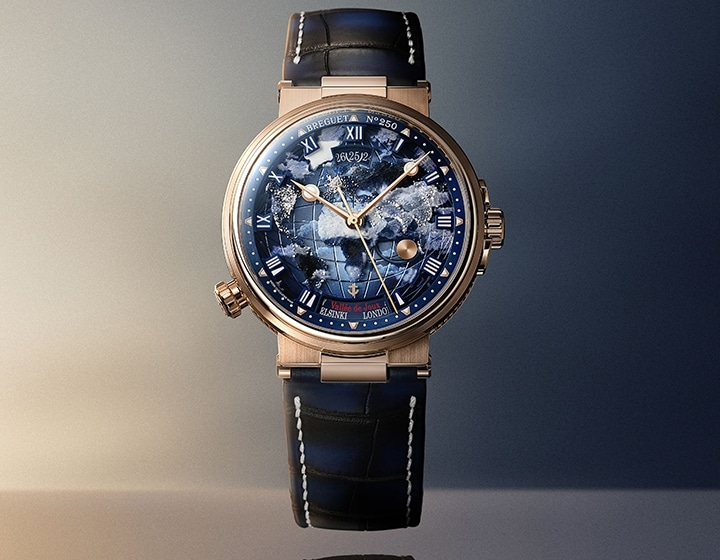
Breguet Marine Hora Mundi 5555
Breguet unveils the 5th chapter in its 250th anniversary celebrations, a brand-new version limited to 50 pieces called Marine Hora Mundi 5555. The timepiece pays tribute to craftsmanship with a dial on two superimposed levels, one guilloché and the other sapphire. This special dial is inspired by NASA’s “Black Marble”, a nocturnal vision of the…
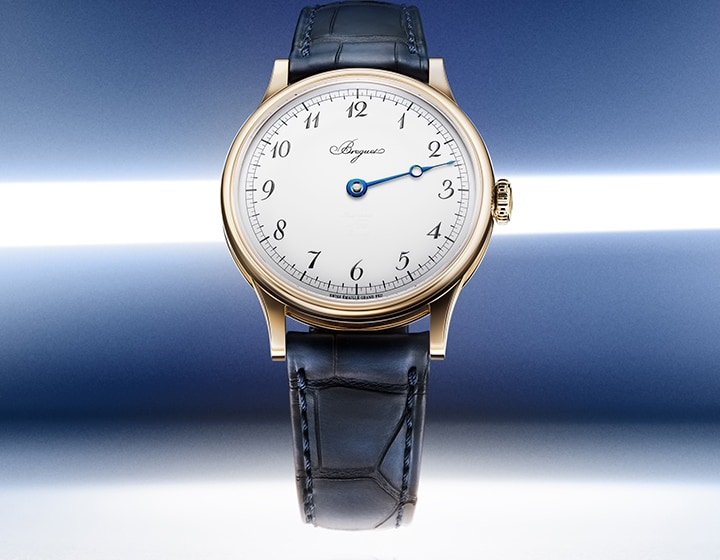
Breguet Classique Souscription 2025
The House of Breguet celebrates its 250th anniversary in 2025, with the unveiling of the Classique Souscription 2025 wristwatch in Paris, home to Abraham-Louis Breguet’s workshop, which saw the birth of the master watchmaker’s great inventions. The first timepiece with a simplified architecture, the design is epitomised by the purity of the white…
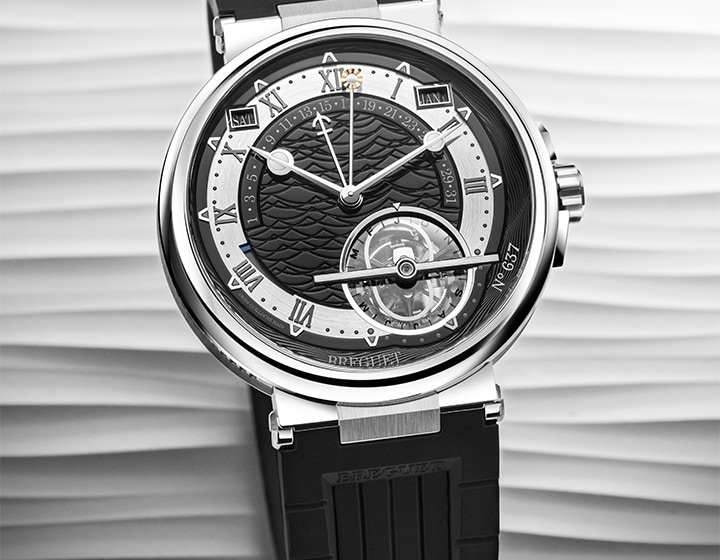
Breguet Marine Tourbillon Équation Marchante
The Marine Tourbillon Equation Marchante 5887, standing as the technical flagship of the Marine collection, embodies a mysterious aura and adopts a solid platinum armour to house its movement, Calibre 581DPE. A complication as exceptional as this is mesmerising, the Equation Marchante records the difference between local time - the time that…
